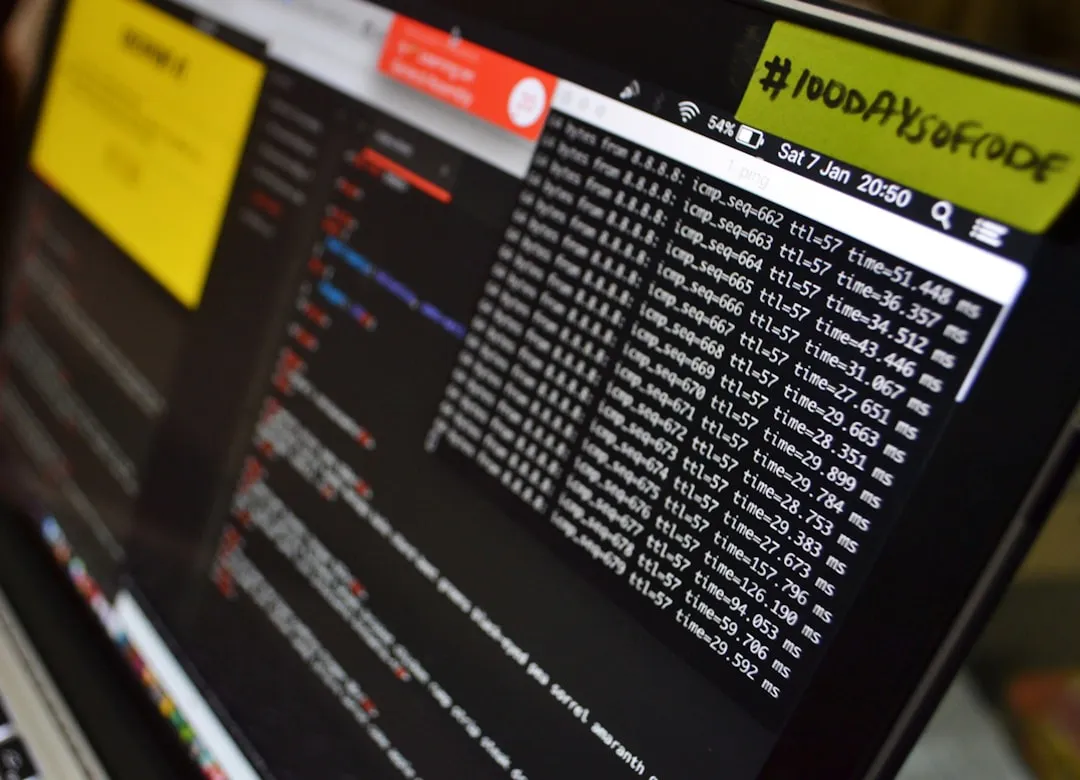Trump’s latest AI chip policy signals a major shift in global technology distribution and innovation strategy.
The reversal of export controls reshapes the landscape of AI chip accessibility and innovation.
Introduction: A Pivotal Policy Shift
The landscape of global technology is undergoing a seismic shift with the announcement of the Trump AI chip policy reversal. This strategic change, set to take effect on May 15, 2025, indicates a significant departure from the Biden administration’s intricate export control framework, which was designed to regulate the flow of advanced computing technologies across international borders. The new approach promises to simplify regulations and promote American innovation, while also raising questions about national security and international partnerships.
Understanding the Biden Administration’s Framework
The Biden administration’s Framework for Artificial Intelligence Diffusion introduced a structured, three-tier system aimed at controlling access to advanced AI chips. In this hierarchy, a select group of 17 countries, including Taiwan, would have received unlimited access to cutting-edge technologies. Meanwhile, around 120 countries faced strict import caps, and nations like China, Russia, Iran, and North Korea were completely barred from accessing these technologies. This stratification aimed to safeguard sensitive technologies while still allowing allied nations to thrive in a rapidly evolving technological landscape.
“The Biden AI rule is overly complex, overly bureaucratic, and would stymie American innovation,” a Commerce Department spokeswoman remarked.
Critics of this approach argued that the intricate compliance requirements would discourage international partners from engaging with U.S. suppliers, pushing them toward alternative sources for advanced technology. As a result, the current administration’s decision to dismantle this framework reflects a broader vision for a more streamlined and accessible global technology ecosystem.
The Emerging Trump Administration Strategy
As the Trump administration prepares to unveil its new policy framework, sources indicate that it may favor a global licensing regime that relies heavily on intergovernmental agreements. This proposed system could provide enhanced flexibility while maintaining critical controls over sensitive technologies. The timing of the announcement is strategically significant, coinciding with President Trump’s upcoming trip to the Middle East, where nations like Saudi Arabia and the UAE have expressed dissatisfaction with existing export restrictions.
Market Impact and Industry Response
The immediate market reaction to the announcement has been notable. Following the news, shares of Nvidia, a leading manufacturer of AI chips, rose by 3% on May 7 but experienced a slight dip in after-hours trading. Nvidia has consistently advocated for reduced restrictions, arguing that the Chinese market could be worth $50 billion for AI chips in the coming years. However, while the Trump administration is poised to relax some restrictions, it has not signaled a complete abandonment of export controls. The administration has already demonstrated its commitment to national security by banning Nvidia from selling its H20 chip to China, resulting in substantial financial losses for the company.
Global Winners and Losers in the New Landscape
The impending policy reversal creates a complex map of potential winners and losers in the global technology scene. Countries like India and Malaysia, which had previously faced chip restrictions under the Biden framework, may now find themselves with newfound opportunities. For instance, Malaysia’s Oracle Corporation stands to benefit significantly from this change, particularly in its massive data center expansion plans that would have exceeded prior limits.
Similarly, Middle Eastern nations, especially the UAE and Saudi Arabia, are likely to gain from the proposed policy changes. Trump’s expressed interest in easing restrictions for these nations could lead to favorable negotiations for AI chip agreements during his visit. The UAE’s ambition to invest $1.4 trillion in U.S. technology over the next decade highlights the high stakes involved in these negotiations.
Uncertainty Looms Over Future Regulations
As the Trump administration develops its new control scheme, uncertainty remains a significant theme for companies like Nvidia. The proposed framework may evolve into either a new rule or an executive order, but what is clear is the administration’s intent to maintain control over sensitive technologies while promoting American competitiveness. Stakeholders are divided on this issue—while chip manufacturers are lobbying for fewer restrictions, some AI companies advocate for protections that safeguard U.S. intellectual property.
Balancing National Security and Innovation
The Biden administration’s export controls were intended to limit access to critical chips necessary for advanced AI development, particularly to mitigate risks associated with China. Striking a balance between national security and commercial interests is a daunting challenge for the Trump administration as it navigates complex international relationships. Establishing agreements with multiple countries eager to acquire advanced AI chips requires deft diplomacy and a keen awareness of the technological landscape.
Conclusion: Looking Forward
As the Trump administration forges ahead with its new AI chip policy, the global landscape for technology is undoubtedly in flux. This shift not only impacts international trade and innovation strategies but also reshapes diplomatic relationships as nations vie for access to advanced technologies. The future of AI chip distribution hinges on the administration’s ability to develop a framework that promotes American interests while addressing national security concerns, ultimately influencing the trajectory of global technological development.



